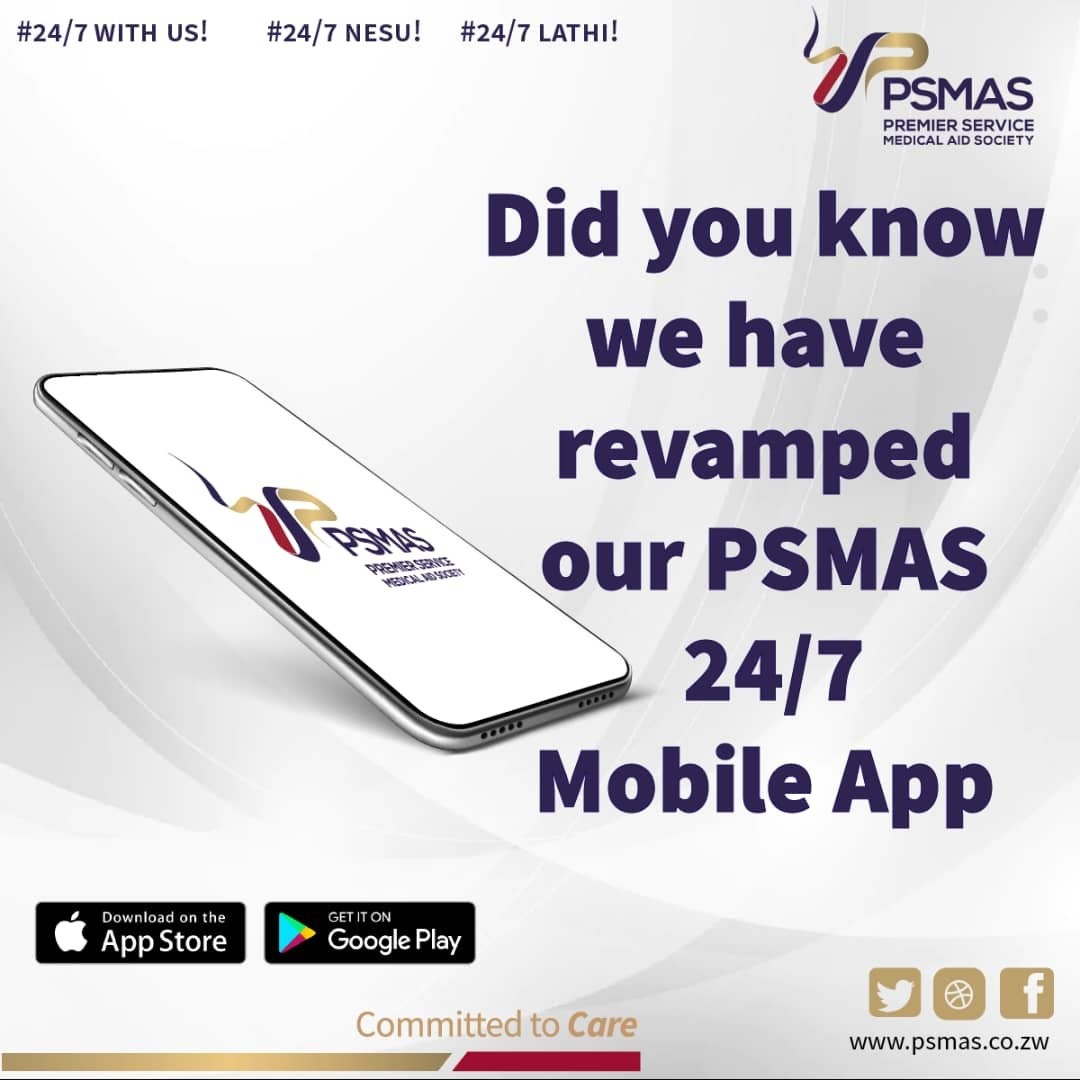Ms Shylet Sanyanga, CEO of the Association of Healthcare Funders of Zimbabwe (AHFoZ) speaks on the concept of medical aid
Ms Sanyanga, who is AHFoZ and what is your role in the medical aid industry?
The Association of Healthcare Funders of Zimbabwe is an umbrella body for medical aid societies. It was formed in 1969 and currently has a membership of 36 funders, including 2 regional members.
Our role as an association is to be the industry voice, addressing industry issues such as negotiation and standardization of tariffs, fighting fraud, waste and abuse, lobbying and advocating for policy positions on behalf of our members as well as to raise medical aid awareness to the generality of the Zimbabwean population.
One might wonder, what is medical aid?
Medical aid is a form of insurance where members pay a monthly fee (called a contribution or premium) in return of financial cover for medical treatment or related medical expenses when the need arises.
Medical aid members contribute money into a pool on a regular basis to cover health related expenses for any one of the contributing members as and when the need arises.
How does the concept work ?
The medical aid concept operates on the principle of cross subsidy. The well subsidize the sick, and the young subsidize the old. Due to the nature of healthcare interventions often required, a contributing member may easily exhaust their own contributions and they go onto benefit from contributions made by others contributing into the pool.
Why should people be on medical aid ?
Medical aid coverage is crucial in people’s lives. It is important to have a financial fallback plan when emergency health situations arise, rather than to be caught unaware and not financially prepared. It is important for people to value investing in healthy and productive lives.
Medical aid coverage;
- Lessens the financial burden on healthcare service costs when one’s health or a loved one’s is threatened.
It is quite evident that healthcare costs are extremely high in these days and just one treatment can deplete any emergency funds that people may have. This is where medical aid coverage comes in.
- Helps members to get early treatment and regular health checks, rather than waiting for one to get sick. One does not need to visit healthcare practitioners only when sick, but also for health checks.
- Gives members the preference of going to an institution of choice. Medical aid schemes offer various packages to their members from the lowest to the highest plan, which enables people with different budgets to choose accordingly.
What should one consider when choosing the right medical aid scheme?
There are different medical aid schemes to choose from in Zimbabwe. People can choose cover that suits their needs and their budget i.e.
- Affordability
Depending on one’s source of income, medical aid schemes have products for different categories of clients ranging from informal sector, public sector, private sector to non-governmental organisations. While others have introduced United States Dollar products, others still have Zimbabwean dollar products.
- Quality
Health issues are delicate and no one wants anyone to take chances with anything concerning their health. Quality in medical aid refers to a member’s ability to access excellent and satisfactory healthcare services from service providers. It also refers to a funder’s responsiveness to its client’s needs.
- Reliability
You will need a cover that guarantees you access to services when emergency strike. By nature, medical aid is supposed to give you a peace of mind when it comes to your health needs so that you carry on with your day to day business without worrying about any emergency or eventuality.
Why do some medical aid schemes find it difficult to meet these seemingly simple attributes?
Medical aid companies are not spared from the broader macro-economic environment affecting business in the country. These range from pricing disparities emanating from different exchange rates applied by players to inflation.
It is common cause that the current operating environment is complex, not only for the medical aid industry and this has to a larger extent impacted negatively on most organisations’ ability to effectively and efficiently deliver on their mandate.
For example, in the medical aid industry, you will find that some providers index their costs to parallel market rate yet medical aid societies can not do the same. If they do that, it would result in high subscriptions. This disparity has resulted in patients having to folk out huge amounts in shortfalls and co-payments.
While AHFoZ has a guideline of tariffs its members can use to reimburse service providers, service providers on the other hand have their own tariff. This also create shortfalls and co-payments for members.
For example, the AHFoZ rate of reimbursement for consultation fees to a Physician is USD$85.50 but some providers charge as much as USD$100.00. This means the difference is what the member will be asked to pay as a shortfall.
It is also important to note that some key private healthcare service providers are no longer accepting patients with medical aid packages under local currency. This has limited preferable quality service provider options for medical aid patients which then goes back to impact negatively on performance of medical aid societies.
Looks like it’s all doom and gloom for the medical aid industry, are there any emerging opportunities for growth for your members?
Yes, the coming in of a multi-currency system is one great opportunity any medical aid must take advantage of. It provides medical aid companies with an opportunity to develop US dollar products with US dollar benefits for their clients’ satisfaction.
A majority of people in Zimbabwe are not covered by medical aid. This provides an opportunity for AHFoZ members to come up with innovative strategies of tapping into the untapped markets and grow their membership.
Medical aid societies are also encouraged to participate in the healthcare value chain through provision of healthcare services. This lessons cost of medical expenditure clients folk out in seeking for such services elsewhere.
There is also need for medical aid societies to collaborate with each other or the Government, to purchase high value equipment.(Private Public Partnerships – PPPs) for the benefit of their clients.
So for those who would want to join medical aid, how do they know the different providers available in Zimbabwe
Members of the public who would want to join medical aid are encouraged to visit the AHFoZ website under the members’ section, www.ahfoz.org. There is a list of all medical aid societies registered under AHFoZ and people may go through all of them in search of a scheme that best suits their needs. For any further enquiries, people may also contact AHFoZ on ahfoz@ahfoz.co.zw or 0242 778798/896/724.



